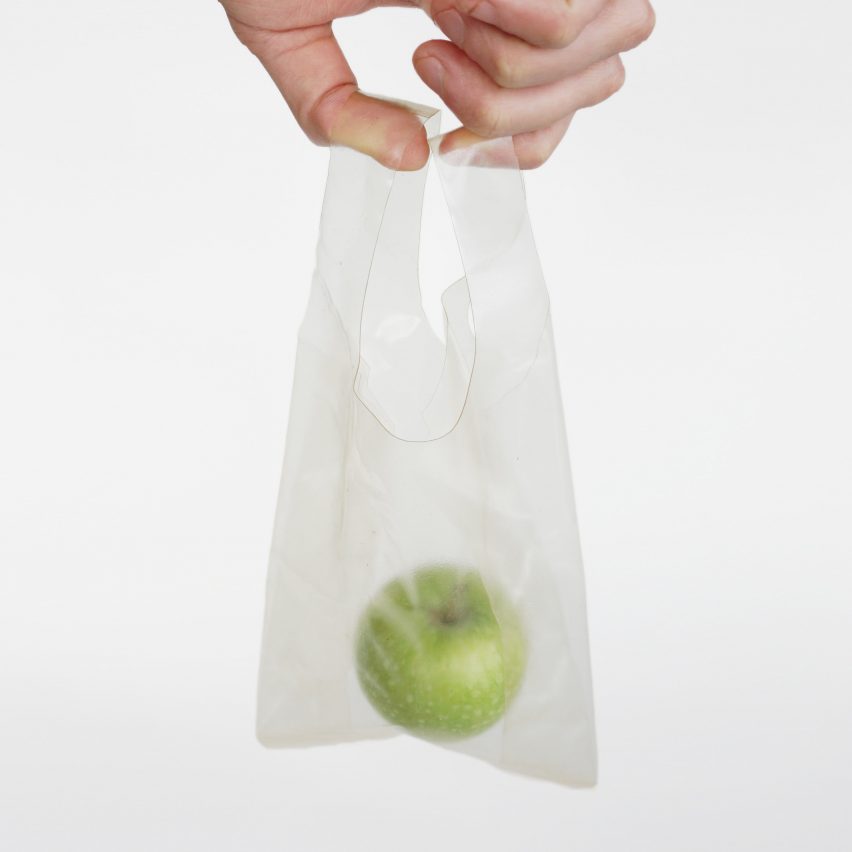"The allure of the 'bio' prefix must be taken with some healthy scrutiny"

Biomaterials have the potential to significantly cut carbon emissions but designers should approach them with caution to avoid creating a whole new set of problems, warns Sioban Imms.
The vision of a civilisation based on biomaterials is compelling: products, clothes and buildings made from materials that have been "grown", rather than derived from polluting, extractive fossil industries. The promise is not only lower emissions, but products that are more in tune with the environment ? manufactured objects that are part of the natural cycle of life. And consumers are willing to pay a premium for such ostensibly "sustainable" products ? 12 per cent more, according to a recent study by Bain.
However, in a bid to gain competitive advantage, marketing narratives surrounding biomaterials are regularly inflated or gloss over important details. Prefixing "bio" to a material name conjures a sense of being natural, compostable, and better all round for personal and environmental health. Marketing narratives surrounding biomaterials are regularly inflated
But these claims can unravel, or at least become complicated, when researching a little deeper than the material classification, product name and strapline. A report from RepRisk found a 70 per cent increase in incidents of greenwashing between 2022 and 2023. Incoming legislation in the EU is specifically targeting this issue.
The definition and terminology around biomaterials is still evolving. For cl...
| -------------------------------- |
| Unveiling Italian Art Deco: Coppedè District & Piazza del Mincio |
|
|
Villa M by Pierattelli Architetture Modernizes 1950s Florence Estate
31-10-2024 07:22 - (
Architecture )
Kent Avenue Penthouse Merges Industrial and Minimalist Styles
31-10-2024 07:22 - (
Architecture )






